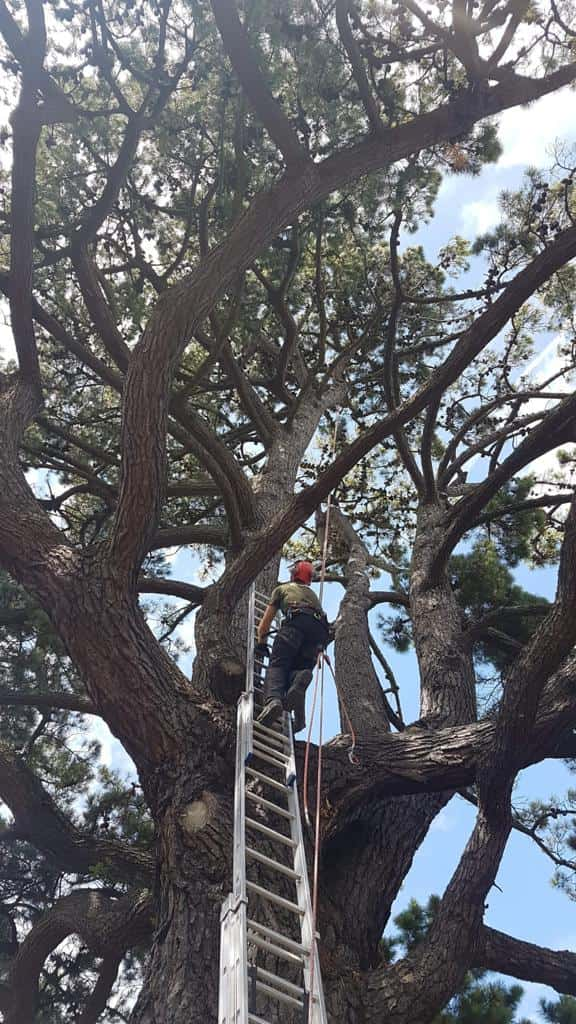Trees are an essential part of any landscape, providing shade, beauty, and a home for local wildlife. However, maintaining the health and safety of trees often requires professional care, including pruning, pollarding, or, in some cases, removal. Understanding which approach is appropriate can make a significant difference to the longevity and appearance of your trees, as well as the safety of your property. At NS Tree Surgery Horley, we specialise in providing expert tree care services throughout Horley, Surrey, ensuring your trees are well-maintained and healthy. In this blog post, we’ll guide you through how to determine whether your tree needs pruning, pollarding, or removal.
1. Understanding Pruning, Pollarding, and Removal
Before deciding on a course of action, it’s important to understand what each of these tree care techniques entails:
- Pruning involves selectively removing branches to improve a tree’s structure, promote healthy growth, and enhance its overall appearance. Pruning is typically done to remove dead or diseased branches, reduce overgrowth, or shape the tree.
- Pollarding is a more intensive technique, involving the removal of the upper branches of a tree to control its size and encourage new growth. This method is often used for trees in urban areas where space is limited, helping to maintain a manageable size and prevent interference with structures or power lines.
- Removal is the process of completely cutting down a tree, including the stump if necessary. Tree removal is considered a last resort when a tree is dead, dangerous, or causing significant structural damage to nearby buildings or underground utilities.
2. When to Opt for Pruning
Pruning is generally the preferred method for maintaining the health and appearance of trees without drastically altering their shape. Here are some situations when pruning is recommended:
- Dead or Diseased Branches: If your tree has branches that are dead, diseased, or infested with pests, pruning can help prevent the problem from spreading to the rest of the tree. Removing affected branches allows the tree to focus its energy on new growth.
- Overgrown or Dense Canopies: A dense canopy can prevent sunlight and air from reaching the inner branches, leading to poor tree health. Pruning can thin out the canopy, improving airflow and light penetration, which is essential for the tree’s vitality.
- Safety Concerns: If branches are overhanging your home, driveway, or power lines, pruning can remove these hazards. Regular pruning helps maintain a safe environment around your property, particularly during storms or high winds.
At NS Tree Surgery Horley, our expert team ensures that pruning is done safely and effectively, enhancing the health of your trees while maintaining their natural beauty.
3. When to Consider Pollarding
Pollarding is a more drastic approach than pruning and is typically used for specific purposes, such as controlling a tree’s size or shape. Here are some reasons you might choose pollarding:
- Size Control: If a tree has outgrown its space or is becoming too large for its location, pollarding can help control its height and spread. This is particularly useful for urban or suburban properties in Horley, Surrey, where space may be limited.
- Regrowth Management: Pollarding encourages new shoots from the main branches, which can be beneficial for trees that are grown for ornamental purposes or those that are prone to excessive growth. This technique helps maintain a uniform shape and promotes a denser canopy over time.
- Reducing Interference: Trees that grow near buildings, roads, or utility lines may require pollarding to prevent their branches from causing obstructions or damage. By regularly cutting back the tree, you can maintain a safe distance between the tree and nearby structures.
Pollarding should be carried out by a professional arborist, as improper pollarding can stress the tree and lead to long-term damage or even death. At NS Tree Surgery Horley, we have the expertise to perform pollarding in a way that ensures the tree remains healthy and stable.
4. When Tree Removal Is Necessary
While pruning and pollarding aim to preserve a tree’s health, removal is the final step when a tree poses a danger or has no viable chance of recovery. Consider tree removal in the following situations:
- Dead or Dying Trees: A tree that is completely dead or is rapidly dying cannot be saved through pruning or other methods. Leaving a dead tree in place can be a significant safety hazard, as it may fall unexpectedly during strong winds or heavy rain.
- Structural Damage: Trees with severe structural damage, such as large cracks in the trunk or extensive root damage, can become unstable. If the tree’s stability is compromised, removal may be the safest option to prevent property damage or injury.
- Invasive Roots: Some tree species have aggressive root systems that can damage foundations, driveways, or underground utilities. If the tree’s roots are causing significant structural damage, removal may be necessary to protect your property.
- Infestation or Disease: In some cases, a tree may become infested with pests or suffer from a disease that is beyond treatment. If the condition threatens to spread to other trees or plants, removal can help contain the problem.
Tree removal is a complex process that requires professional expertise and equipment to ensure it is done safely and in compliance with local regulations. At NS Tree Surgery Horley, we handle all aspects of tree removal, from risk assessment to safe disposal, ensuring a smooth and stress-free experience for our clients.
Conclusion
Deciding whether a tree needs pruning, pollarding, or removal can be challenging, but understanding the differences and knowing when to apply each method is key to maintaining a healthy, safe, and attractive landscape. At NS Tree Surgery Horley, we offer tailored solutions to ensure your trees receive the care they need, providing professional advice and services for homeowners in Horley, Surrey.
Call us on: 01293 225 592
Click here to find out more about NS Tree Surgery Horley
Click here to complete our contact form and see how we can help with your tree needs.

